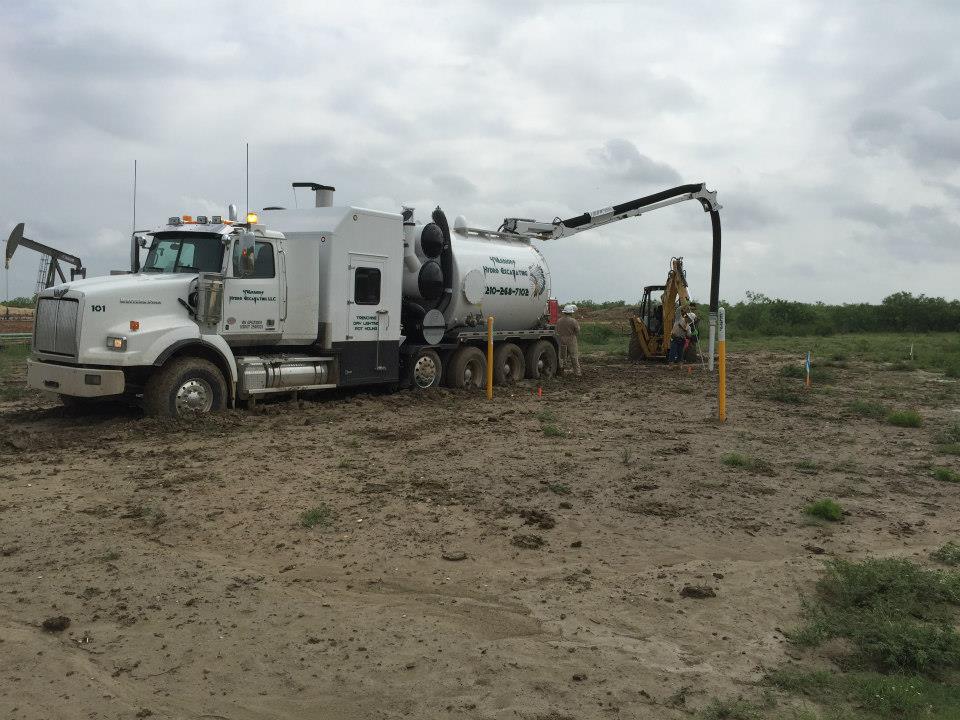Hydro Excavating Embraces National Safe Digging Month
 April 2016 marks the return of a very important, national observation. It’s Safe Digging Month and all of us here at 4 Warriors Hydro Excavating wanted to take a moment and discuss digging safety. Originally designed to highlight dangers in the pipeline industry, it has since morphed to include digging in other industries. Plus, it serves as a good reminder to residential property owners too.
April 2016 marks the return of a very important, national observation. It’s Safe Digging Month and all of us here at 4 Warriors Hydro Excavating wanted to take a moment and discuss digging safety. Originally designed to highlight dangers in the pipeline industry, it has since morphed to include digging in other industries. Plus, it serves as a good reminder to residential property owners too.
Hydro excavating is one of the safest ways to dig that our family knows of and we’d heartily recommend it to everyone that needs to reach below the earth’s surface. What makes it safer than just grabbing a shovel or renting a backhoe? For one, it avoids the need for large, search holes. And as we all know, holes pose fall risks as well as help to make the ground temporarily unstable. Also, they may inadvertently trap wildlife and capture standing water. Standing water, of course, creates dangers of its own.
Dangerous holes are just the beginning. Hydro excavating keeps people and machines from cutting into dangerous materials. For example, it can safely identify pipes used to transport raw sewage, natural gas, petroleum and chemical plant waste from place to place. Plus, it can just as easily locate minor things like residential irrigation pipes, termite treatment lines and underground cables. What else can hydro excavating do to ensure digging safety?
Once underground obstacles have been identified, they may be mapped for future reference. So after catastrophic events like earthquakes and sink holes, the maps may help area managers protect residents and plan rebuilds. They can also make relocating or adding various resources to storm damaged areas easier too. For instance, after flooding managers may need to dig a diversion channel to prevent further drowning deaths.
To learn more about safe digging and how hydro excavation is key to its continued execution, please contact us today.
